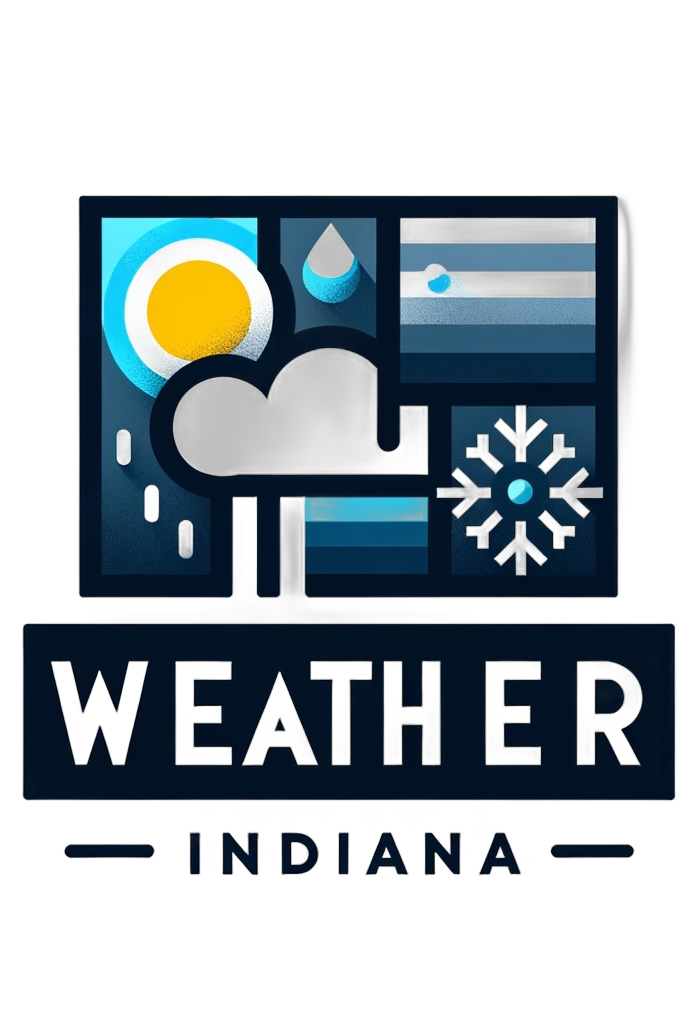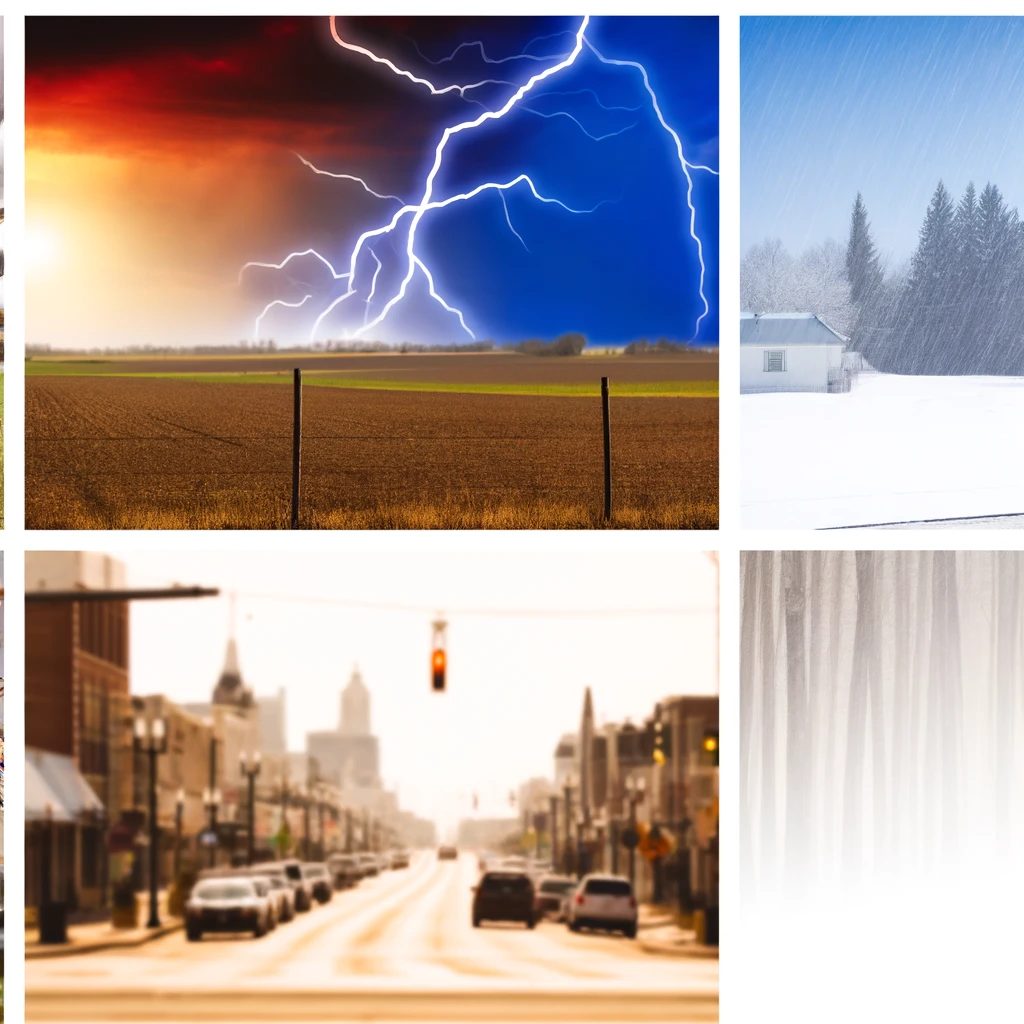Table Of Contents
Extreme Weather Events in Indiana
Extreme weather events are a common occurrence in Indiana, ranging from intense thunderstorms to blizzards. Tornadoes and severe storms are particularly prevalent, especially during the spring and summer months. These weather phenomena can bring strong winds, hail, and heavy rainfall, causing damage to property and endangering lives. Residents in Indiana are accustomed to being vigilant and prepared for such events, as they can occur with little warning.
During the winter months, Indiana can also experience significant snowfall and blizzards. Winter storms can lead to dangerous road conditions and school closures, affecting daily life for many across the state. The heavy snowfall can create challenges for transportation and infrastructure, requiring timely responses from local authorities to ensure the safety and well-being of the community. Overall, extreme weather events in Indiana contribute to the dynamic and sometimes unpredictable climate of the region.
Tornadoes and Severe Storms
Tornadoes and severe storms are fairly common occurrences in Indiana due to its geographic location and weather patterns. The state falls within Tornado Alley, a region prone to frequent tornado activity primarily during the spring and summer months. The clash of warm, moist air from the Gulf of Mexico with cooler, drier air from the north creates ideal conditions for severe thunderstorms and tornado formation.
These powerful storms can bring destructive winds, hail, and heavy rainfall, posing a threat to both property and human life. Indiana experiences an average of about 22 tornadoes per year, with some of them reaching EF3 or higher on the Enhanced Fujita Scale. Residents are advised to stay informed about weather alerts and have a safety plan in place to protect themselves in case of severe weather.
Extreme Weather Events in Indiana
Indiana experiences a variety of extreme weather events throughout the year. One of the most notable occurrences is the prevalence of tornadoes and severe storms in the state. These weather phenomena are particularly common during the spring and summer months when warm, moist air masses clash with cooler air, creating the perfect conditions for the development of severe weather. Tornadoes can cause significant damage to properties and pose a threat to residents in affected areas.
In addition to tornadoes and severe storms, Indiana is also prone to experiencing winter storms and blizzards during the colder months. Heavy snowfall, strong winds, and frigid temperatures can lead to hazardous driving conditions and school closures. Winter storms in Indiana can disrupt daily life and impact businesses, prompting authorities to issue warnings and advisories to ensure the safety of the public.
Winter Storms and Blizzards
Winter storms and blizzards are a common occurrence in Indiana during the winter months, particularly in the northern regions of the state. These intense winter weather events can bring heavy snowfall, strong winds, and extremely low temperatures, leading to hazardous conditions for residents and travelers. Winter storms often result in school closures, flight cancellations, and disruptions to daily life as roads become treacherous and visibility decreases significantly.
Blizzards, characterized by sustained winds of at least 35 mph and blowing snow that reduces visibility to less than a quarter of a mile, pose a serious threat to public safety in Indiana. These severe winter storms can last for several hours or even days, causing drifting snow and creating dangerous whiteout conditions. Residents are advised to stay indoors during blizzards and to have emergency supplies on hand in case of power outages or other weather-related emergencies.
Impact of Lake Michigan on Indiana’s Climate
Lake Michigan plays a significant role in shaping Indiana’s climate, particularly in the northern regions of the state. The lake’s proximity influences the weather patterns through various phenomena such as lake effect snow and summer breezes. During the winter months, Lake Michigan’s relatively warmer waters can lead to the formation of lake effect snow as the cold air masses move across the lake, picking up moisture and dumping heavy snowfall on areas downwind.
In the summer, Lake Michigan helps to moderate temperatures in nearby regions, creating cooler breezes that provide relief from the heat. This phenomenon is especially noticeable along the lakefront areas where temperatures can be several degrees lower compared to inland areas. The lake’s presence also affects cloud cover and precipitation patterns, contributing to the unique microclimate of northern Indiana.
Lake Effect Snow and Summer Breezes
Lake effect snow is a common phenomenon in Indiana during the winter months, particularly in the northern regions of the state. This weather pattern is influenced by the cold air moving over the warmer waters of Lake Michigan, leading to the formation of bands of snow that can result in heavy accumulations in certain areas. The lake effect snow can create hazardous driving conditions and impact daily life for residents in these regions, requiring them to be prepared for sudden changes in weather and potential disruptions.
On the other hand, Indiana also experiences refreshing summer breezes, especially in areas closer to Lake Michigan. These breezes provide relief from the heat and humidity that can characterize the summer months in the state. The cooling effect of the lake breezes can make outdoor activities more enjoyable and contribute to a more temperate climate during the hotter periods of the year. Residents and visitors alike can take advantage of these pleasant summer breezes to engage in outdoor recreation and appreciate the natural beauty of Indiana’s landscape.
FAQS
What are some common extreme weather events in Indiana?
Indiana experiences tornadoes, severe storms, winter storms, and blizzards as some of its common extreme weather events.
How does Lake Michigan impact Indiana’s climate?
Lake Michigan influences Indiana’s climate by causing lake effect snow in winter and providing cool summer breezes.
Are tornadoes and severe storms common in Indiana?
Yes, tornadoes and severe storms are common in Indiana, especially during the spring and summer months.
What should residents do to prepare for winter storms and blizzards in Indiana?
Residents should stock up on emergency supplies, stay informed about weather forecasts, and have a plan in place for potential power outages during winter storms and blizzards.
How can residents stay safe during extreme weather events in Indiana?
Residents can stay safe during extreme weather events by staying informed, following weather alerts, seeking shelter in a safe location, and having an emergency preparedness kit ready.

